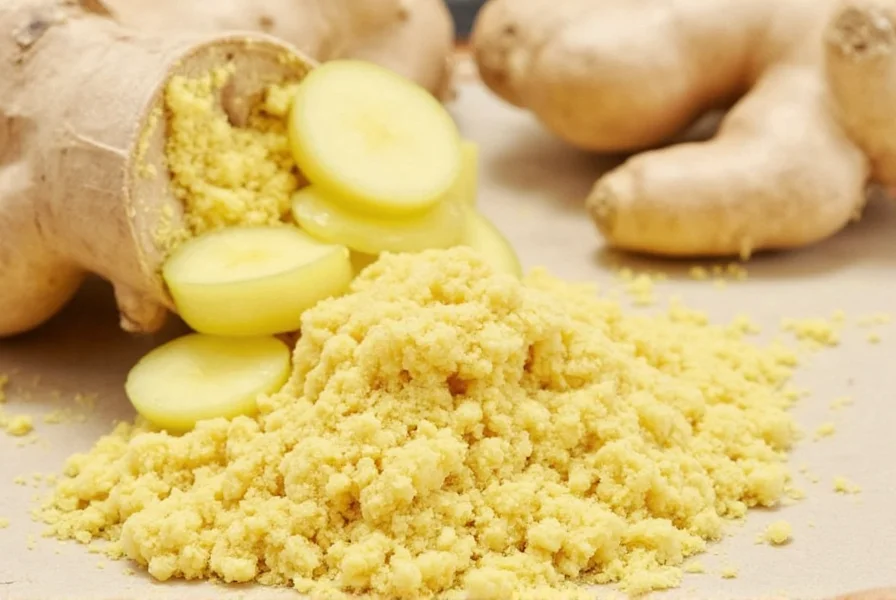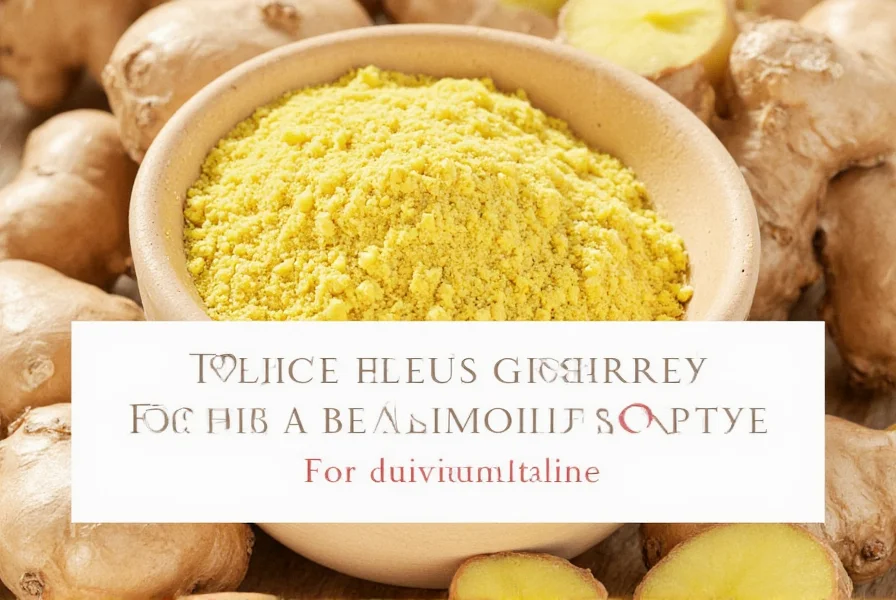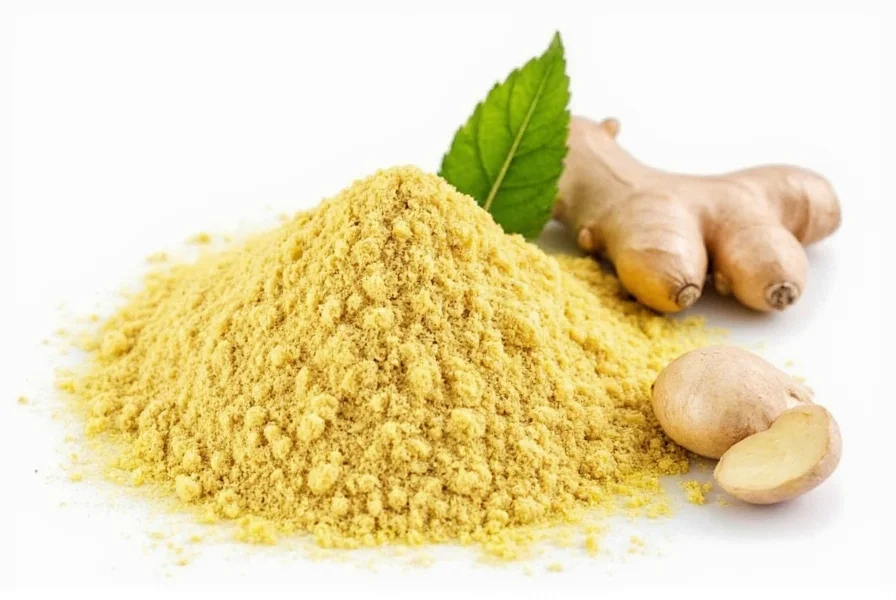Making your own ginger powder from fresh rhizomes offers superior flavor control and eliminates additives found in many store-bought options. This comprehensive guide details the most effective methods for transforming fresh ginger root into aromatic, potent powder that enhances both culinary and wellness applications.
Why Make Your Own Ginger Powder
Commercial ginger powder often contains anti-caking agents and loses potency during extended storage. Homemade ginger powder preserves the volatile oils responsible for ginger's distinctive flavor and health benefits. When you control the fresh ginger to powder conversion process, you ensure maximum pungency and therapeutic compounds remain intact. The superior taste profile makes it worth the minimal effort required.
Materials You'll Need
| Essential Equipment | Optional Enhancements |
|---|---|
| Fresh ginger root | Citric acid (for color preservation) |
| Sharp vegetable peeler or spoon | Dehydrator (for consistent drying) |
| Thin baking sheets or dehydrator trays | Mesh screens for air drying |
| High-speed blender or spice grinder | Desiccant packets for storage |
| Airtight glass container | Mesh strainer (for finer powder) |
Step-by-Step Conversion Process
Preparation: Cleaning and Slicing
Begin with firm, plump ginger root free from soft spots. Use a spoon to gently scrape off the thin skin – this method removes less flesh than a peeler. Slice the ginger into uniform 1/8-inch thick pieces using a mandoline for consistency. Thinner slices dry faster but require careful monitoring to prevent burning.

Drying Methods Compared
The drying phase represents the most critical stage in fresh ginger to dried ginger powder conversion. Three effective methods exist:
Oven Drying (Fastest Method)
Arrange slices in single layer on parchment-lined baking sheets. Set oven to lowest possible temperature (140°F/60°C) with door slightly ajar. Rotate trays hourly for even drying. Complete dehydration requires 3-4 hours. Ginger is ready when brittle and snaps cleanly.
Dehydrator Method (Most Consistent)
Set dehydrator to 135°F (57°C). Arrange slices without overlapping. Drying time ranges from 8-12 hours depending on thickness. Check periodically after 6 hours. This method preserves maximum volatile oils.
Air Drying (Traditional Approach)
Place slices on mesh screens in well-ventilated area away from direct sunlight. Turn slices twice daily. Complete drying takes 6-10 days in dry climates. This method produces the most complex flavor profile but carries higher mold risk in humid environments.
Grinding to Powder
Completely cooled, dried ginger should snap cleanly when bent. Break into smaller pieces before grinding. Use a high-speed blender in short pulses to prevent overheating, which degrades flavor compounds. For the finest texture, process in batches and sift through a fine mesh strainer, returning larger pieces for additional grinding. The ideal fresh ginger to powder ratio is approximately 4:1 by volume – 4 cups fresh yields about 1 cup powder.

Storage and Shelf Life
Transfer powder to an airtight glass container immediately after cooling. Store in a cool, dark cupboard away from heat sources. Properly stored homemade ginger powder maintains peak potency for 6-8 months. Commercial varieties typically last 12-18 months but start losing volatile compounds after 6 months. For extended storage, include a food-safe desiccant packet to prevent moisture absorption.
Fresh Ginger vs Powdered: Key Differences
Understanding the fresh ginger to powder conversion ratio is crucial for recipe substitution. One tablespoon of fresh grated ginger equals approximately 1/4 teaspoon of powder. Powdered ginger delivers more concentrated heat and earthy notes, while fresh provides brighter, sharper flavor with higher gingerol content. For medicinal applications requiring maximum gingerol, fresh is superior, but powder offers convenience and longer shelf stability.
Troubleshooting Common Issues
Issue: Powder clumping after storage
Solution: Ginger wasn't completely dry before grinding. Return to dehydrator at lowest setting for 1-2 hours.
Issue: Bitter or burnt flavor
Solution: Oven temperature too high during drying. Next batch should use lower heat with longer drying time.
Issue: Powder losing potency quickly
Solution: Exposure to light or air. Transfer to amber glass container and store in dark cupboard.
Practical Usage Tips
For baking applications, add powdered ginger early in the mixing process to allow flavors to develop. In savory dishes, incorporate during the last 5-10 minutes of cooking to preserve volatile compounds. When substituting in recipes, remember the fresh ginger to powder ratio is not linear – powder delivers more concentrated heat. Start with half the recommended amount and adjust to taste.











 浙公网安备
33010002000092号
浙公网安备
33010002000092号 浙B2-20120091-4
浙B2-20120091-4